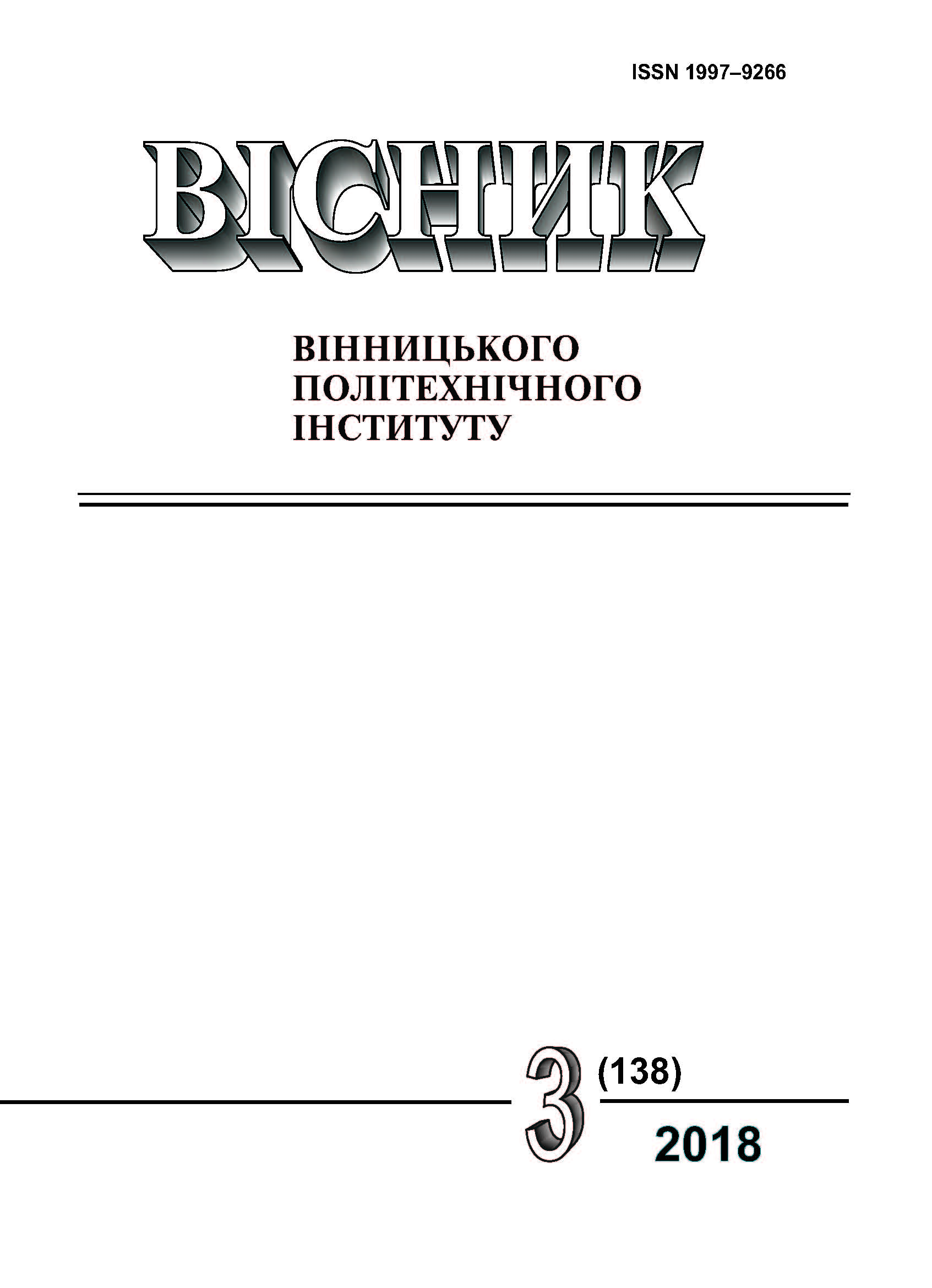Trends of Expanded Clay Production and Use of Expanded-clay Concrete in Modern Construction
Keywords:
expanded clay, using expanded-clay concrete, normative base, recycling of construction wasteAbstract
In this article “Trends of expanded clay production and use of expanded-clay concrete in modern construction” the state of expanded clay and expanded-clay concrete production as a modern wall constructional-thermal insulating material in Ukraine and some other countries is discussed. Firstly, the general characteristic of technologically complex product of expanded clay, which requires the using of high-temperature production processes, is presented. Also, statistical information on volumes of expanded clay and expanded-clay concrete production in some countries of the world and historical information on its occurrence as a building material are analyzed.
It was shown that the peak of expanded clay production dates backed to the 80s of the last century. The main directions of improvement legislative and regulatory framework of expanded clay and expanded-clay concrete production are described. Also, the author discloses the general reasons of reducing production of expanded clay and expanded-clay concrete.
This paper is focused on calculations results of the thickness wall construction and comparative analysis of the main wall materials for compliance with the normative requirements of thermal resistance. Furthermore, the modern approaches forecasting of expanded-clay concrete strength have been analyzed.
The indicator of constructive quality of expanded-clay concrete has been calculated. Likewise, the basic approaches to processing of building waste and main directions the recycling wastes of building production, in particular ceramic products are determined. This work has been done to evaluate certain technological possibilities for the processing of construction waste and its use in the production of building materials.
References
Экономическая информация о работе промышленности пористых заполнителей СССР за 1986-1990 годы. Самара: НИИКерамзит, 1992.
В. М. Горин, «Применение керамзитобетона в строительстве — путь к энерго- и ресурсоэффективности, безопасности зданий и сооружений,» Строительные материалы, № 8, c. 8-10, 2010.
Міністерство регіонального розвитку, будівництва та житлово-комунального господарства України. (2016, лип. 08). Державні будівельні норми В.2.6-31:2016 «Теплова ізоляція будівель». [Електронний ресурс]. Режим доступу: http://dbn.at.ua/dbn/DBN_V.2.6-31-2016_Teplova_izolyatsiya_budively.pdf .
П. Г. Комохова, Ред., Цементы, бетоны, строительные растворы и сухие смеси. С.-Пб.: НПО «Профессионал», 2007, 804 с.
Г. В. Несветаев и А. В. Беляев «Самоуплотняющийся керамзитобетон классов В12,5—В20 с маркой по средней плотности D1400,» Интернет-журнал «Науковедение», т. 8, № 1, 2016. [Электронный ресурс]. Режим доступа: http://naukovedenie.ru/PDF/29TVN116 .
К. К. Пушкарьова, К. О. Каверин, та Д.О. Калантаєвський «Дослідження високоміцних цементних композицій, модифікованих комплексними органо-кремнеземистими добавками,» Восточно-Европейский журнал передовых технологий, № 5 (77), c. 42-51, 2015.
Л. Й. Дворкін, та О. Л. Дворкін, Основи бетонознавства. Київ: Основа, 2007, 616 с.
В. М. Горин, С. А Токарева, та М. К. Кабанова «Керамзит и керамзитобетон — материал для современного индустриального домостроения,» Строительные материалы, № 7, c. 18-20, 2011.
А. В. Мішутін, С. О. Кровяков, та В. Л. Богуцький «Застосування модифікованих бетонів на легких заповнювачах для конструкцій тонкостінних гідротехнічних і транспортних споруд,» Будівельні матеріали, вироби та санітарна техніка, № 56, c. 68-74, 2015.
К. К. Пушкарьова, та К. О. Каверин «Використання високоміцних керамзитобетонів в каркасно-монолітному будівництві,» Ресурсоекономні матеріали, конструкції, будівлі та споруди, вип. 33, c. 75-83, 2016.
А. И. Звездов, и В. Р. Фаликман. «Высокопрочные легкие бетоны в строительстве и архитектуре,» Жилищное строительство, № 7, с. 2-5, 2008.
G. Habert, N. Choupay, G. Escadeillas, D. Guillaume and J. Montel “Clay content of argillites: Influence on cement based mortars,” Applied Clay Science., vol. 43, no. 3-4, pp. 2009.
R. Fernandez, F. Martirena and K. Scrivener “The origin of the pozzolanic activity of calcined clay minerals: A comparison between kaolinite, illite and montmorillonite”, Cement and Concrete Research. vol. 41, pp. 113-122, 2011.
А. Тирони, М. Тресса, и А. Сиан «Термическая активация каолинитовых глин,» Цемент и его применение. № 11-12, c. 145-148, 2012.
Downloads
-
PDF (Українська)
Downloads: 982
Published
How to Cite
Issue
Section
License
Authors who publish with this journal agree to the following terms:
- Authors retain copyright and grant the journal right of first publication.
- Authors are able to enter into separate, additional contractual arrangements for the non-exclusive distribution of the journal's published version of the work (e.g., post it to an institutional repository or publish it in a book), with an acknowledgment of its initial publication in this journal.
- Authors are permitted and encouraged to post their work online (e.g., in institutional repositories or on their website) prior to and during the submission process, as it can lead to productive exchanges, as well as earlier and greater citation of published work (See The Effect of Open Access).





